What is a sealed beam headlight
A sealed beam headlight is the integral assembly of a forward lighting system. It was originally designed to seal filaments completely (hence the name) from the damage of environmental factors. The headlamp assembly is a parabolic aluminized reflector (PAR) lamp consisting of an enclosure with one or more filaments inside a glass or polycarbonate lens. All parts are permanently assembled together and thus none of them can be replaced. If a lamp within the assembly burns out, the entire assembly has to be replaced. For approximately 45 years, all U.S. cars were required by law to use sealed beam headlights. It was until 1984 that the use of composite headlamp assemblies with replaceable bulbs was permitted.
Two standardized 7″ round sealed beam headlamps with one lamp on each side of the vehicle were once required to control chaotic supply problems with unusual luminaire specifications. To this very day this size remains one of the popular sizes for the classic style LED headlights. By the late 1970s, however, rectangular sealed beam headlamps became the universal choice although they were not required by law. While new cars have ditched sealed beam headlights to embrace design unique to their styling, sealed beam headlights that incorporate the latest in lighting technology are still being manufactured. They are not only used on classic passenger cars to server as a key styling element that has a decisive contribution to a vehicle’s form and character, some commercial vehicles, sport utility vehicles, off-road SUVs, and motorcycles continued to use them.
Legacy headlighting technology
The first electric light source accommodated by sealed beam headlights was the tungsten filament, operating in a vacuum or inert-gas atmosphere inside the sealed housing. The lamp emits light when the filament is heated up to its incandescence limit (near melting point) by the electrical current passing through it. Of all electric light sources incandescent lamps are the most short-lived. Over a short period of time tungsten boils off the surface of the filament, causing degradation in the light output of the filament. Tungsten accumulation blackens of the bulb wall and thus blocks some of the light that would pass through an unblackened bulb glass.
As technology moved forward the light source of sealed beam headlamps became halogen lamps. A halogen lamp operates on the same principle as that of an incandescent lamp, except that a small amount of halogen gas (most commonly bromine) has been added to the fill gas. At a bulb wall temperature of roughly 250° C, the halogen reacts with the evaporated tungsten to produce a chemical reaction known as the halogen cycle. The halogen cycle redeposits all the evaporated tungsten back onto the filament, which prevents thinning of the filament and blackening of the bulb wall. The bulb is made of fused silica (quartz) or a high-melting-point glass, allowing the filament to be operated at a higher temperature than incandescent lamps. This gives halogen lamps a higher luminous efficacy and color temperature.
While there are improvements to the lifespan and efficacy over its predecessor, the halogen technology is not a significant innovation since the lamps operate by dissipating heat in a resistive filament. Less than 10% of the electrical power fed to the lamps is converted to visible light. The halogen cycle extends the life of the filament by a limited margin. The glass construction and filament configuration significantly compromise the lamp’s resistance to vibration and shock.
Jump on the LED bandwagon
The most recent evolution in lighting is creating a profound transformation in how sealed beam headlights perform. LED technology elevates the classic vehicle lights to new levels of sophistication. LEDs are famed for their high luminous efficacy, long lifetime, ruggedness and durability, instant start/restrike, exceptional intensity controllability, operability in low temperature applications, and compact sizes. These semiconductor devices emit light through recombination of electrons and holes by application of a bias across a p-n junction formed by oppositely doped semiconductor compound layers. A phosphor wavelength converter is used to perform partial conversion of electroluminescence (blue light). The down-converted light mixes with the blue light that does not participate in wavelength conversion to produce the desired white light.
Solid state lighting based on LED technology can achieve a power conversion efficiency of more than 40%, which significantly outperforms all previous technologies. This technology makes it possible to tailor the spectral power distribution (SPD) of the light source to its application. That is to say, the color of the light can be optimized for automotive applications. The dim, yellowish light emitted by filament lamps can lead to a quicker onset of fatigue. In contrast, LEDs can be spectrally engineered to deliver white light with a high color temperature that stimulates the drivers to alertness and concentration. The small size of LEDs leaves a lot of room within a sealed beam headlight housing, which can be utilized to build more features into the headlight.
Design and construction
A sealed beam LED headlight is fundamentally differentiated from traditional sealed beams in every aspect of lighting, except the form factor and size. LED technology not only lends performance, efficiency, and reliability to vehicle forward lighting, but also enables to deploy a full-featured headlighting system within the more confined space of the round or rectangular enclosures, with functionality comparable to composite headlights. The LED headlamp assembly may incorporate high and low beams, daytime running lights, and turn signal lights. The multi-light system allows replacement of individual components. Each light module consists of an array of LEDs assembled on a metal-core printed circuit board (MCPCB) on which secondary optics are fitted to regulate light emitted by each LED or the entire LED array. Typically, lenses are used to control the light distribution. Reflectors or hybrid lens/reflector optical systems also find their use in sealed beam LED headlights.
The LED modules are individually controlled. Integral driver circuits provide a regulated current to drive the LED load. Because the supply voltage may have a wide variation and changes in the LED junction temperature will affect the forward voltage, a switching regulator using a buck-boost topology is necessary to provide accurate drive current for the LEDs over a wide operating voltage range. The switching circuit may can be a source of electromagnetic interference (EMI) to adjacent circuitry. It must be carefully designed to meet the demanding electromagnetic compatibility (EMC) specifications.
Thermal management
The integrated design makes more sense to LED headlights than it does to tungsten filament systems. It allows the heat generated by the LEDs to be dissipated to the ambient environment via the shortest possible thermal path. The high and low beam LED modules generally use ceramic-based or CSP high power LEDs which are high drive current and high operating temperature capable. While producing a tremendous amount of lumens, the LEDs generate a high thermal load that must be moved away from the semiconductor junction. To prevent a buildup of heat that can lead to lumen depreciation and device failure, the amount of heat that can be dissipate by the thermal path via conduction and convection must outpace the rate at which thermal energy is introduced to the LED junction.
Sealed beam LED headlights typically rely on passive cooling systems which dissipate heat through natural convection. The housing of the LED headlights performs the function of a passive heat sink. It is often constructed from die cast aluminum and comes with integral fins to maximize the surface area for a higher convective cooling capacity. The performance of the solder joint between the LED package and PCB is very critical in ensuring the overall reliability of sealed beam LED headlights. It must be engineered to survive high thermal and electrical stresses while performing reliably under thermal cycling conditions, mechanical shocks and repeated vibrational stresses.
Corrosion and ingress protection
Sealed beam LED headlights are thoroughly sealed and gasketed to exclude water and dust from entering the enclosure. A membrane vent may be installed to atmospherically equalize the interior of the sealed housing with the outside environment to prevent premature seal failure and limit internal condensation. Chemical surface treatments applied to the aluminum housing provide corrosion resistance and improve the adhesion of subsequently applied paints.


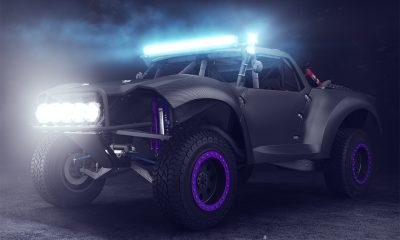
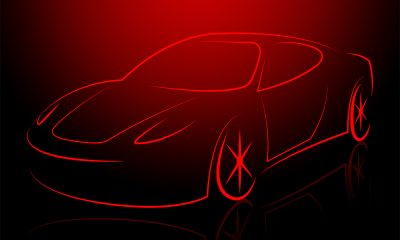


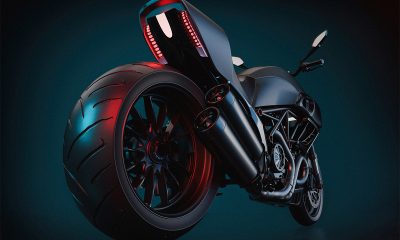




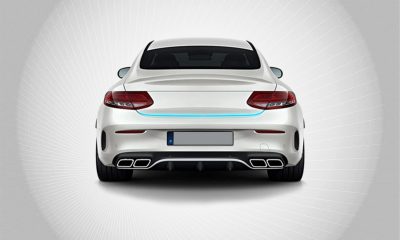
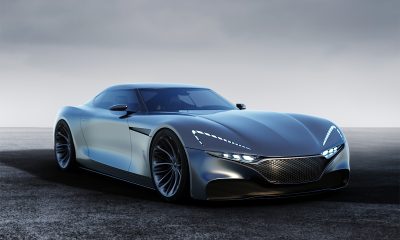
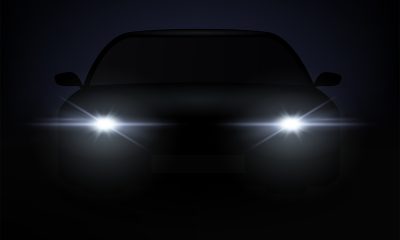





Loading...